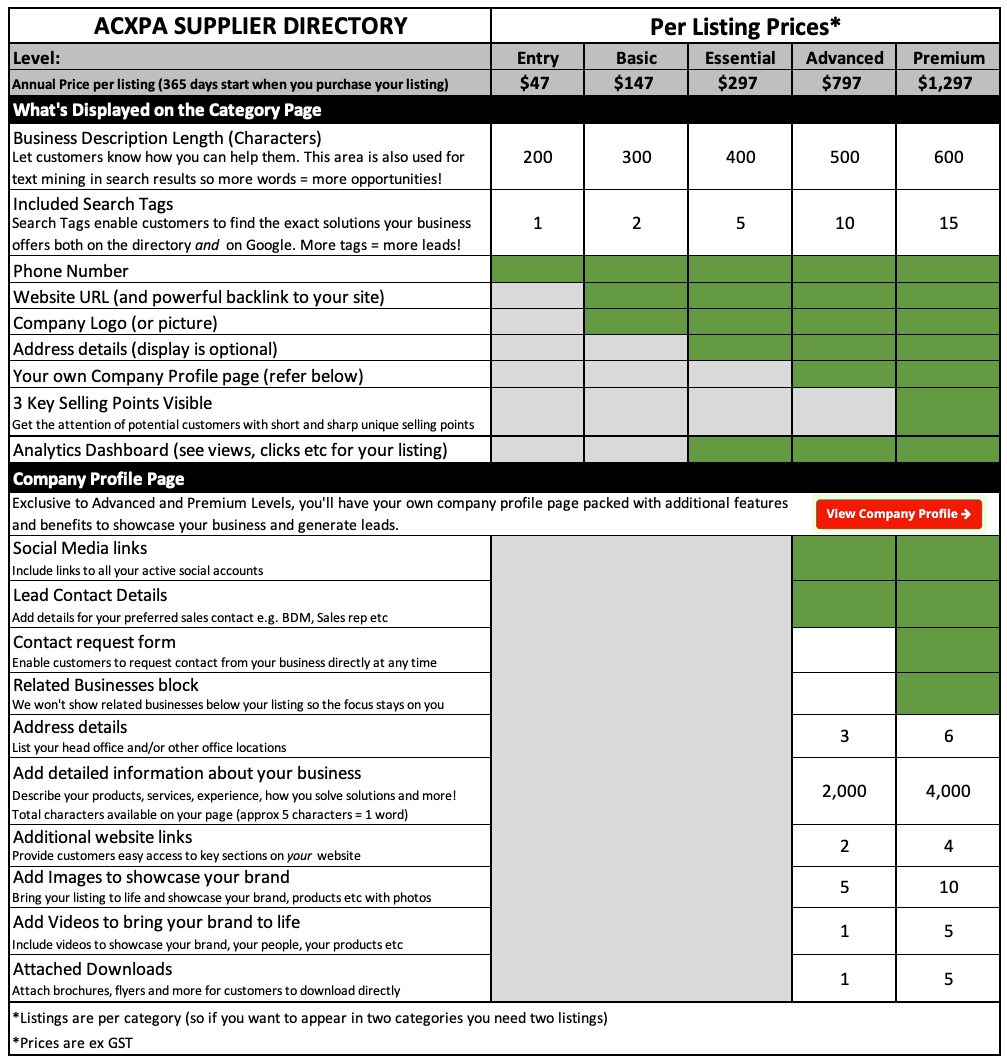The Freedom of Wireless Call Centre Headsets
They say sitting is the new smoking, and if there is one occupation that tends to involve sitting all day, it's contact centre agents.
New wireless headsets for contact centre agents enable them to get up and move about without having a cable literally tying them to a desk.
But asides from the physical benefits of being able to get up and move about, studies have shown that agents who use wireless contact centre headsets are also more engaged.
Benefits of Wireless Call Centre Headsets
Here’s a look at the key advantages of using wireless headsets in a call centre environment:
1. Enhanced Mobility and Flexibility
Freedom to Move: Wireless headsets allow agents to move around freely without being tethered to their desks. This mobility can be particularly useful for tasks like retrieving files, consulting with colleagues, or even taking a quick stretch during a long call.
Multitasking: Agents can handle multiple tasks more efficiently, such as taking notes or using other devices, while staying connected to the call.
2. Improved Comfort
Reduced Physical Strain: Without the limitations of wires, agents can work in more comfortable positions, reducing the strain on their necks and shoulders. This is especially beneficial during long shifts, contributing to better overall ergonomic health.
Less Desk Clutter: Wireless headsets help reduce clutter on desks, creating a cleaner and more organised workspace, which can improve focus and reduce stress.
3. Increased Productivity
Quick Transitions: The ability to move seamlessly between tasks without needing to disconnect and reconnect to calls can lead to faster call handling times and increased productivity.
Fewer Disruptions: Wireless headsets often come with long battery life and quick charging capabilities, meaning agents experience fewer disruptions during their workday.
4. Better Call Quality and Noise Reduction
Advanced Technology: Many wireless headsets come with advanced features such as noise-cancelling microphones and sound enhancement technology, leading to clearer communication and better overall call quality.
Consistent Connectivity: Modern wireless headsets use reliable technologies like Bluetooth and DECT, ensuring consistent connectivity without interference, which is crucial for maintaining professional communication with customers.
5. Scalability and Adaptability
Easy Integration: Wireless headsets can be easily integrated into existing communication systems, making them a flexible option for call centres of any size.
Future-Proofing: As call centres adopt more remote or hybrid work models, wireless headsets provide the flexibility needed to adapt to these changes without compromising on communication quality.
6. Cost-Effectiveness
Long-Term Savings: While wireless headsets may have a higher initial cost, they can lead to long-term savings by reducing the wear and tear associated with wired models, lowering replacement costs over time.
Reduced Cable Management Costs: Eliminating the need for cables can reduce maintenance and management costs associated with wired systems, further contributing to cost savings.
Types of Wireless Contact Centre Headsets
There is really two key types of technology that is used in wireless headsets:
Bluetooth
Most people today would be familiar with Bluetooth technology in their personal lives and this technology is popular as it enables you to connect your headset to multiple devices e.g. your mobile phone and your computer.
Whilst it can be used in a contact centre environment, it is typically more suited to a consumer setting.
DECT
Digital Electronic Cordless Telephone technology (DECT) is highly stable and secure and is widely used in the contact centre environment.
DECT technology has a number of key benefits including:
- Long-range (up to 100 metres)
- Great audio quality
- Highly secure using encryption
- International Standard (meaning you are not locked into proprietary software)
Like normal contact centres, there are also different styles of wireless contact centre headsets in how you can wear them - over one ear, two ears, etc.
Search Suppliers of Wireless Contact Centre Headsets
Reach out to the call centre headset experts below or use the search filters to display suppliers of other call centre technology.
